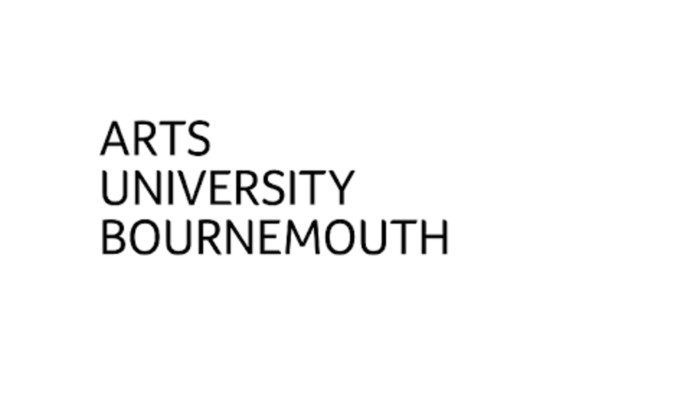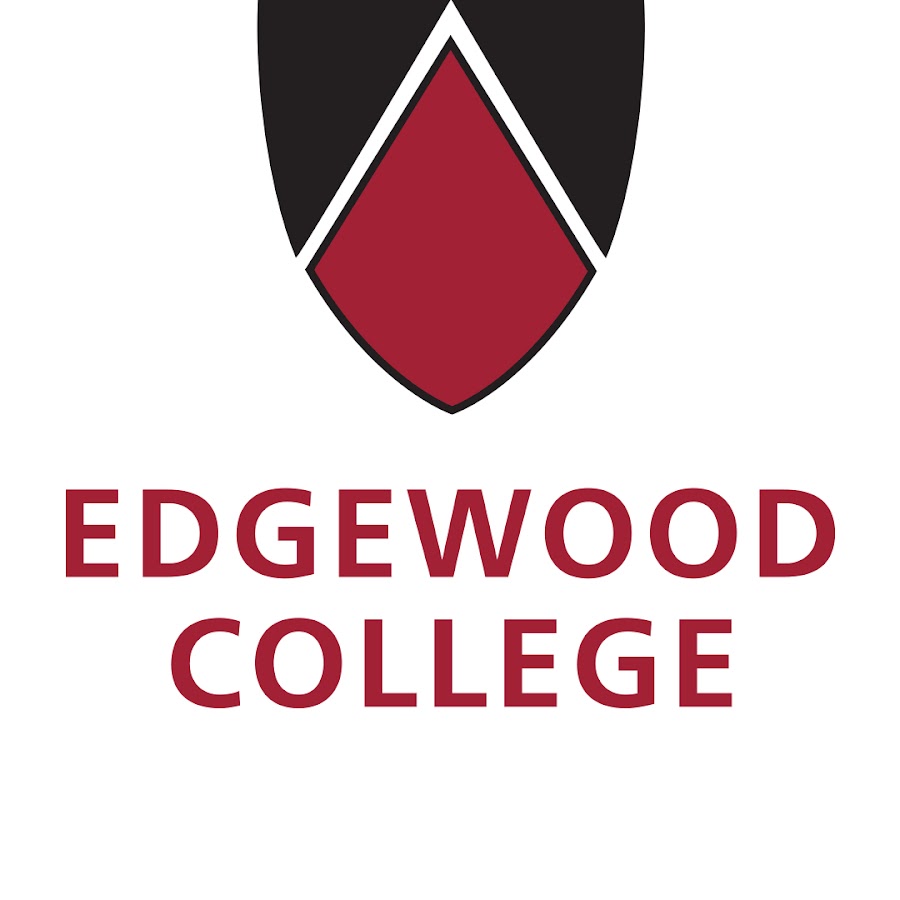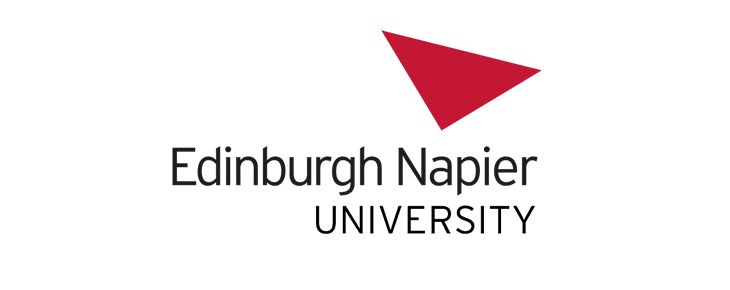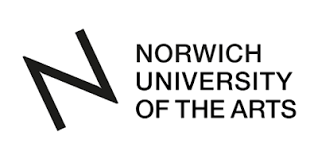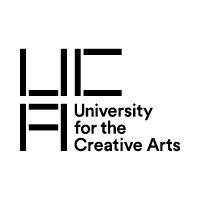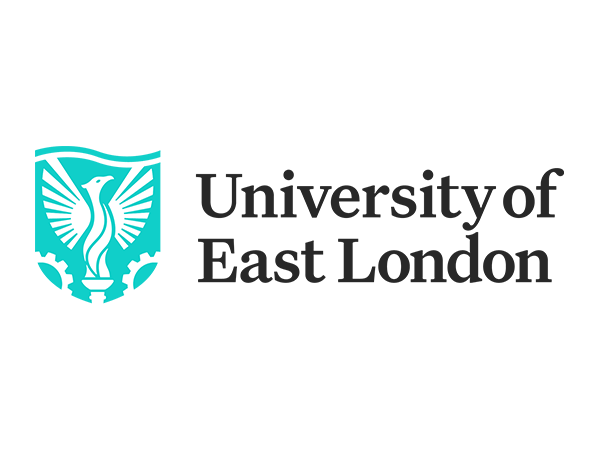Graphic Design: Unleash Your Creativity Abroad
Are you an aspiring artist, a visual storyteller, or someone with a keen eye for aesthetics? Do you dream of transforming ideas into impactful visual communications that resonate across cultures? Then a Graphic Design course abroad is your gateway to a world of creative possibilities. This program is meticulously crafted for Indian students who are ready to immerse themselves in international design trends, cutting-edge software, and diverse artistic perspectives.
Studying Graphic Design abroad offers a unique blend of academic rigor and cultural enrichment. You'll not only master the technical skills required in the industry but also develop a global mindset that is invaluable in today's interconnected design landscape.
Why Study Graphic Design Abroad?
- Global Perspectives: Experience diverse design philosophies and approaches from different countries.
- Industry-Standard Tools: Gain hands-on experience with the latest software and technologies used by leading design studios worldwide.
- Expert Faculty: Learn from seasoned professionals and award-winning designers who bring real-world insights into the classroom.
- Networking Opportunities: Connect with an international community of students and professionals, building a global network.
- Portfolio Development: Create a strong, internationally recognized portfolio that showcases your unique style and skills.
- Cultural Immersion: Live and breathe in a new culture, which will undoubtedly inspire your artistic vision and creativity.
Course Structure and Curriculum Highlights
Our Graphic Design program is designed to provide a comprehensive education, covering all essential aspects of visual communication. The curriculum balances theoretical knowledge with practical application, ensuring you graduate with a strong foundation and a ready-to-use skill set. Here’s a glimpse into what you can expect:
Core Modules:
- Design Principles and Theory: Understand the fundamental elements of design, including color theory, typography, layout, and composition.
- Digital Imaging and Manipulation: Master software like Adobe Photoshop for photo editing, retouching, and creating compelling visual assets.
- Illustration and Vector Graphics: Learn to create scalable vector artwork using tools like Adobe Illustrator for logos, icons, and illustrations.
- Page Layout and Publication Design: Develop expertise in designing brochures, magazines, books, and other print media using Adobe InDesign.
- Web Design Fundamentals: Explore the basics of UI/UX design, responsive web design principles, and front-end development tools.
- Branding and Identity Design: Dive into the process of creating strong brand identities, including logo design, brand guidelines, and visual communication strategies.
- Motion Graphics and Animation: Get an introduction to creating dynamic visual content for video, web, and social media.
- Portfolio Development: Receive guidance on curating and presenting your best work to potential employers and clients.
Specialization Options (may vary by institution):
Depending on your chosen university, you might have opportunities to specialize in areas such as:
- Illustration
- Typography
- Packaging Design
- User Experience (UX) Design
- Advertising Design
- Environmental Graphic Design
Career Opportunities for Graphic Design Graduates
A degree in Graphic Design opens doors to a vast array of exciting career paths across various industries. The skills you acquire are highly sought after globally, making you a versatile and adaptable professional. Here are some potential career roles:
| Career Role | Description |
|---|---|
| Graphic Designer | Create visual concepts, using computer software or by hand, to communicate ideas that inspire, inform, or captivate consumers. |
| Web Designer | Design and create websites, focusing on layout, visual appearance, and usability. |
| UI/UX Designer | Focus on user interface (UI) and user experience (UX) to make digital products intuitive and enjoyable to use. |
| Brand Identity Designer | Specialize in developing logos, branding guidelines, and visual elements that represent a company's identity. |
| Illustrator | Create original images and artwork for books, magazines, advertisements, and digital media. |
| Motion Graphics Designer | Design animated graphics, titles, and visual effects for film, television, and digital platforms. |
| Art Director | Oversee the visual style and images for various projects, including magazines, product packaging, and film sets. |
| Marketing Designer | Create visual content for marketing campaigns, advertisements, social media, and promotional materials. |
Admission Requirements and Application Process
To successfully enroll in a Graphic Design program abroad, Indian students typically need to meet certain academic and language proficiency criteria. While specific requirements may vary between institutions, here are the general guidelines:
Academic Requirements:
- Bachelor's Degree: For postgraduate programs, a relevant undergraduate degree (e.g., Fine Arts, Design, Multimedia) is often required.
- High School Diploma/Equivalent: For undergraduate programs, a strong academic record from your secondary education is essential.
- Portfolio: This is perhaps the most crucial component. A strong portfolio showcasing your creative abilities, technical skills, and design sensibility is mandatory for almost all design programs. It should include a range of your best work, demonstrating your understanding of design principles and your unique artistic voice.
- Transcripts: Official academic transcripts from all previously attended institutions.
Language Proficiency:
As the medium of instruction will be English, you will need to demonstrate proficiency through:
- IELTS: Typically an overall score of 6.0 to 7.0, with no band less than 5.5 or 6.0.
- TOEFL: A minimum score of 80-100 on the internet-based test (iBT).
- Other recognized English language tests may also be accepted.
Application Documents:
- Completed application form
- Statement of Purpose (SOP) or Personal Essay outlining your motivations, aspirations, and reasons for choosing the program and institution.
- Letters of Recommendation (LORs) from academic or professional referees.
- Copy of passport
- Proof of funds to cover tuition and living expenses.
Life as a Design Student Abroad
Studying Graphic Design abroad is more than just attending classes; it's an immersive experience. You'll live in vibrant cities, explore world-renowned art galleries and museums, and be constantly inspired by your surroundings. Many institutions offer state-of-the-art design studios, computer labs with the latest software, and workshops for various media, providing an ideal environment for creative exploration.
Beyond academics, you'll have opportunities to participate in student clubs, design competitions, and industry events, further enriching your learning journey. Embrace the chance to collaborate with peers from diverse backgrounds, fostering a truly global approach to design.
Embark on this exciting journey to hone your design skills, expand your horizons, and build a rewarding career in the dynamic world of graphic design. Your creative adventure awaits!




